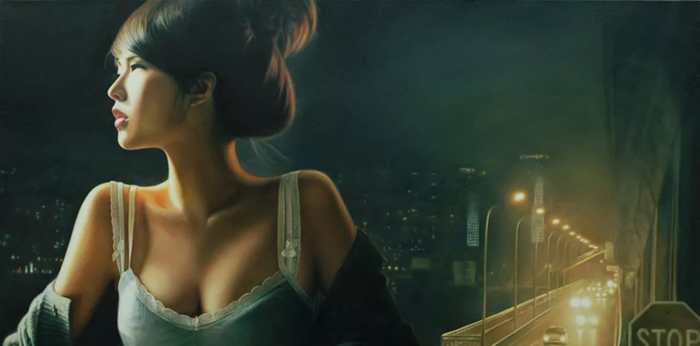Wang Niandong (王念东) was born in Sichuan, China, in 1978. He has studied at Central Academy of Fine Art in Beijing, and the oil painting department of Sichuan Fine Art Institute in Chongqing, where he is now an associate professor.
Walking into Wang Niandong’s studio, you may feel like being surrounded by all the “girls”. Be it the finished product or a sketch, or a piece of work reserved as record, all are depictions of pretty ladies. Extremely interested in young women, undoubtedly the painter is a man, to be exact, an oil painter portraying the female body from a man’s perspective. A painter introduced in such a way might be misunderstood in the Chinese painting circle where feminism is on the upswing, as in the eyes of many other people, “a man’s perspective” indicates a historical mistake, connected with the prejudice and discrimination against women and things like that. It is not necessarily right. The man’s perspective does not always equal to the centrality view, but sometimes comes from the escape from habitual consciousness. The right way to understand artistic works is not collectively pronouncing a final verdict, but analyzing the unique and proper mode of existence through the concrete images created by the artist. This is the value of artistic works as the object for phenomenology.
Source: Xu Zhiteng Art Space ( 徐之腾艺术空间 )
Wang Niandong’s characterization has its own uniqueness. Pay attention to expressing the texture of the skin in the meticulous sketches, such as simulated sculptures, which have both accurate human body structure and fine texture of objects. Then directly paint colors to delicately restore the unique luster, texture, body temperature and breath of the female body. In order to highlight the attractiveness of the body, the painter deliberately hides the brushstrokes, and the “no brushstrokes” drawing method is obvious to the audience. Because of this, the image of the picture is generated in the personal painting method, not just the “realism” of the real object.
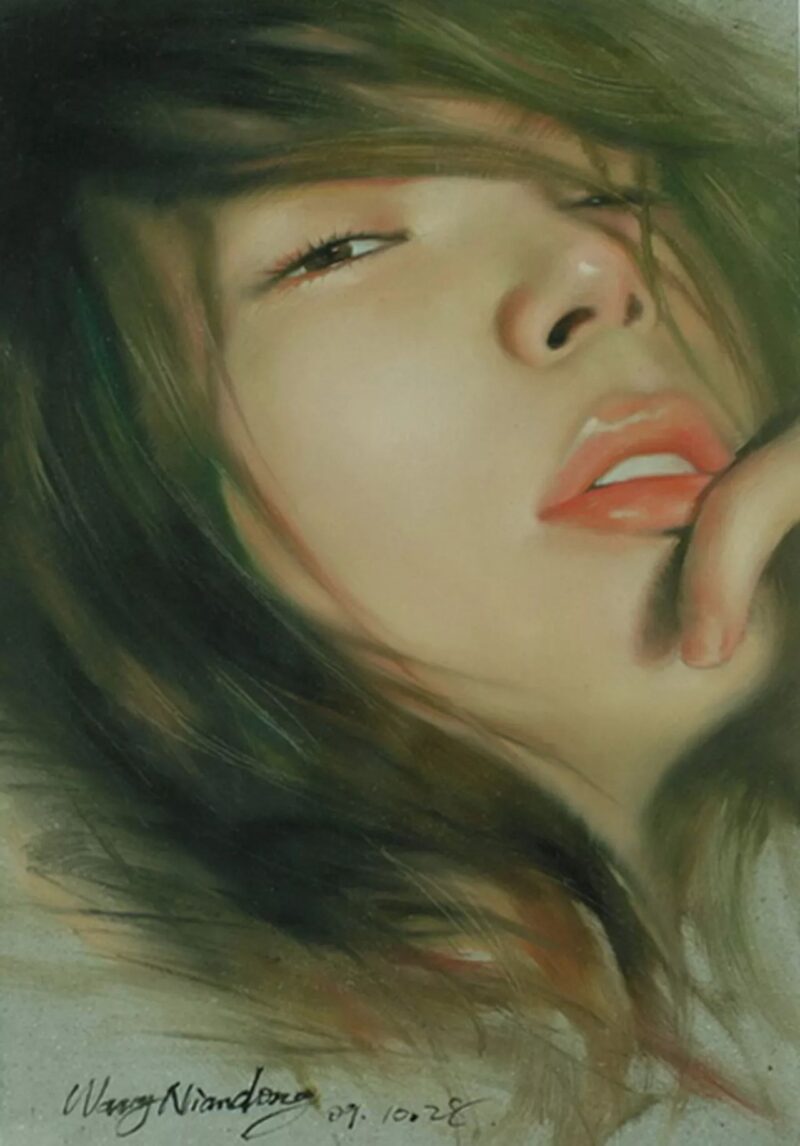
Wang Niandong ( 王念东 ) Painting @ TheGallerist.art
Wang Niandong
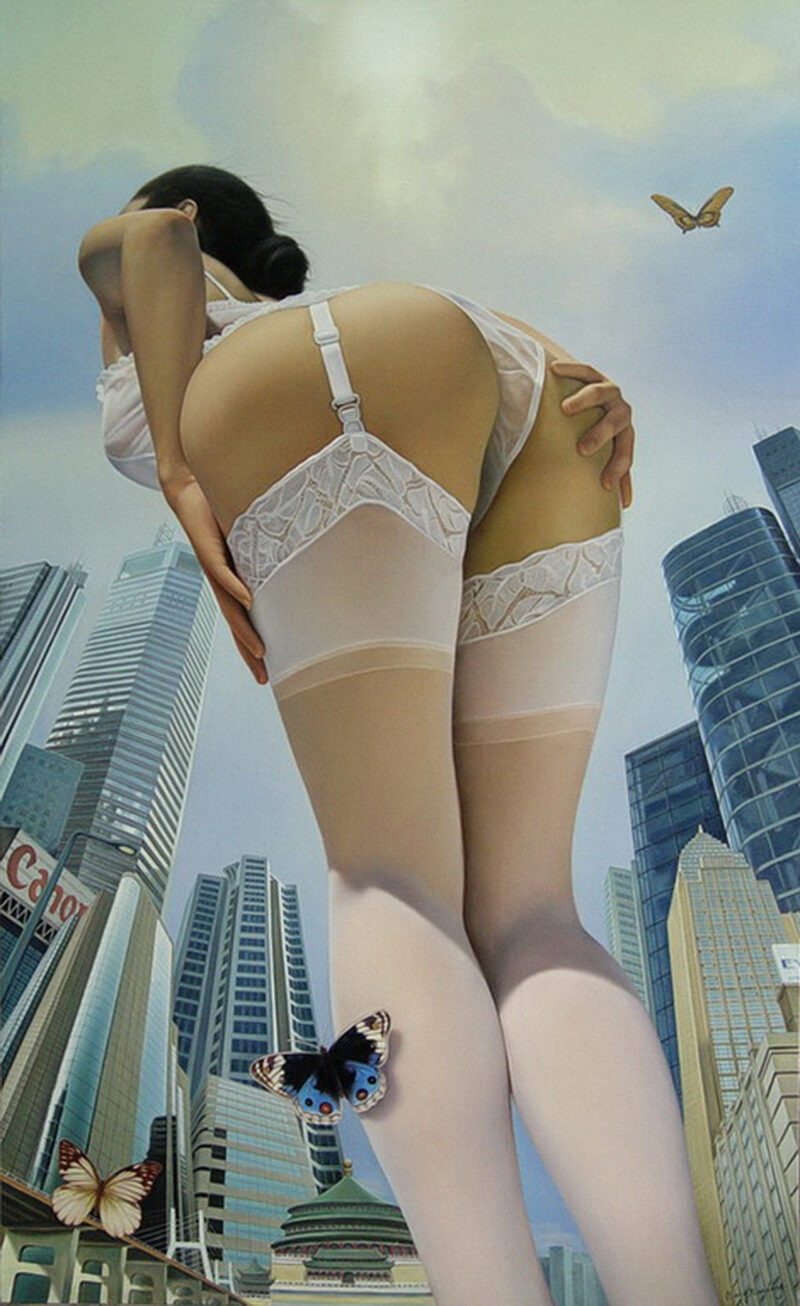
Wang Niandong ( 王念东 ) Painting @ TheGallerist.art
Wang Niandong
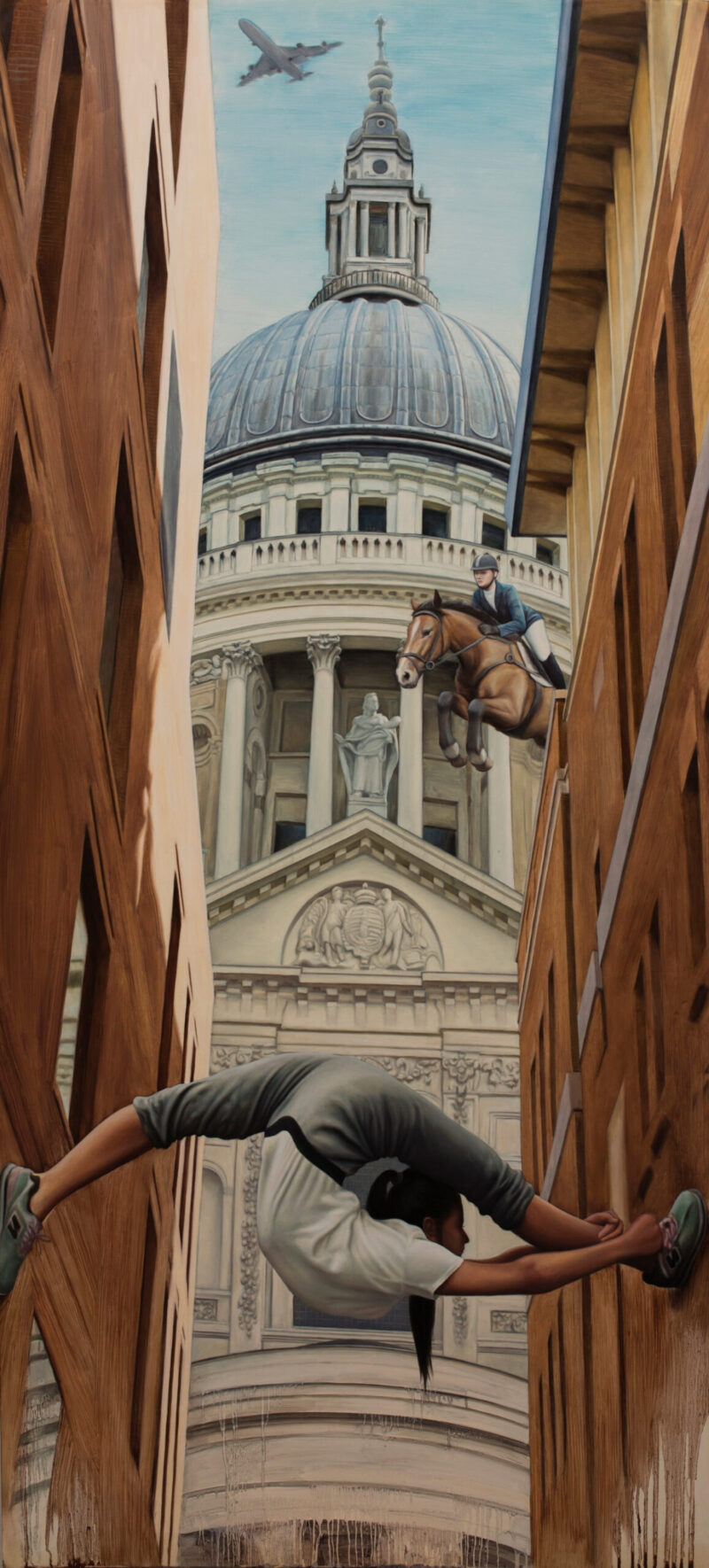
Wang Niandong ( 王念东 ) Painting @ TheGallerist.art
Wang Niandong
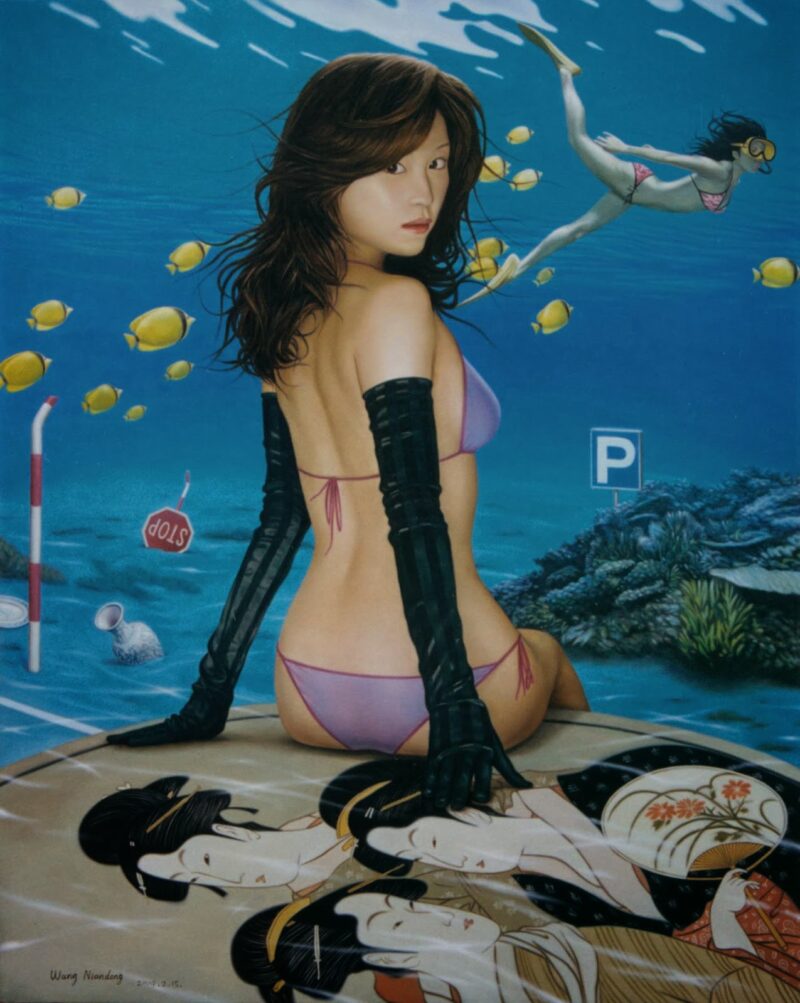
Wang Niandong ( 王念东 ) Painting @ TheGallerist.art
Wang Niandong
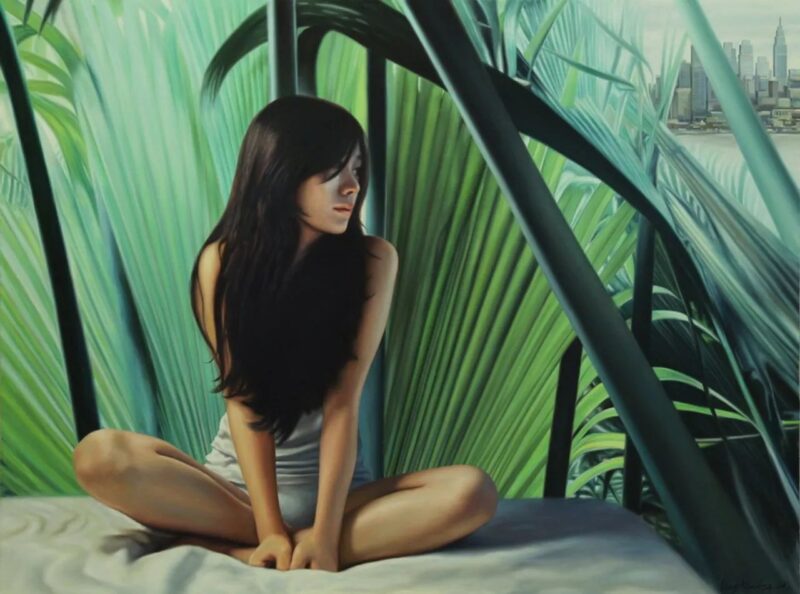
Wang Niandong ( 王念东 ) Painting @ TheGallerist.art
Wang Niandong
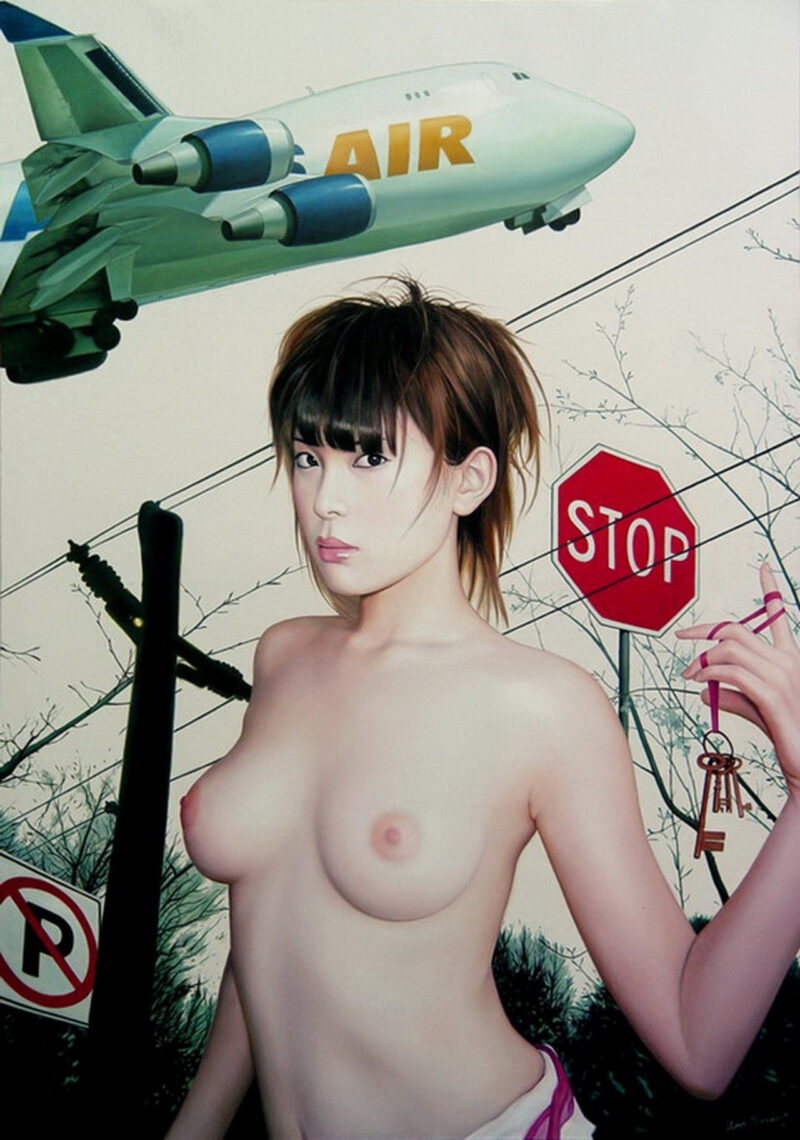
Wang Niandong ( 王念东 ) Painting @ TheGallerist.art
Wang Niandong
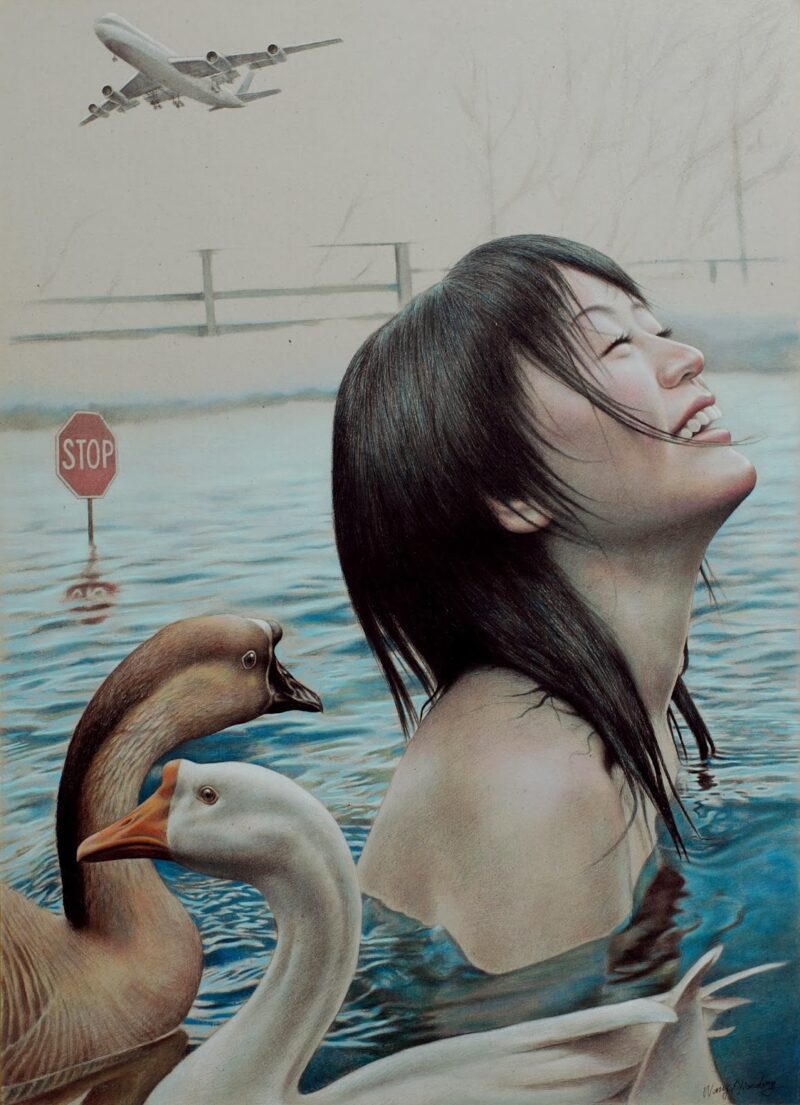
Wang Niandong ( 王念东 ) Painting @ TheGallerist.art
Wang Niandong
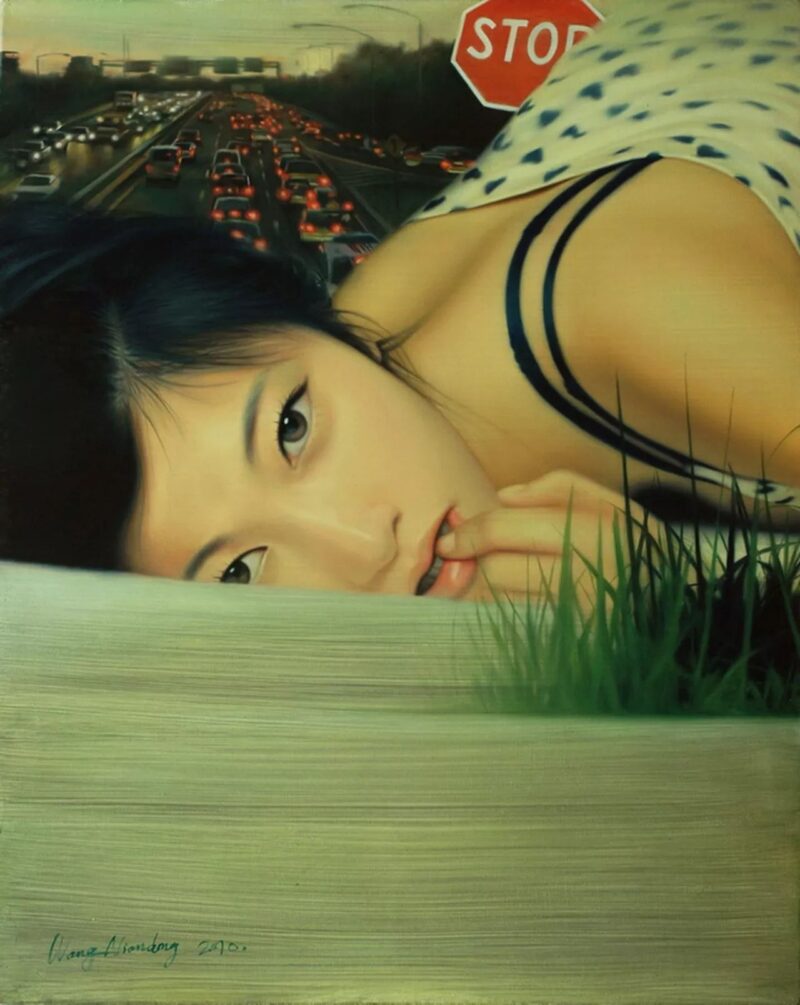
Wang Niandong ( 王念东 ) Painting @ TheGallerist.art
Wang Niandong
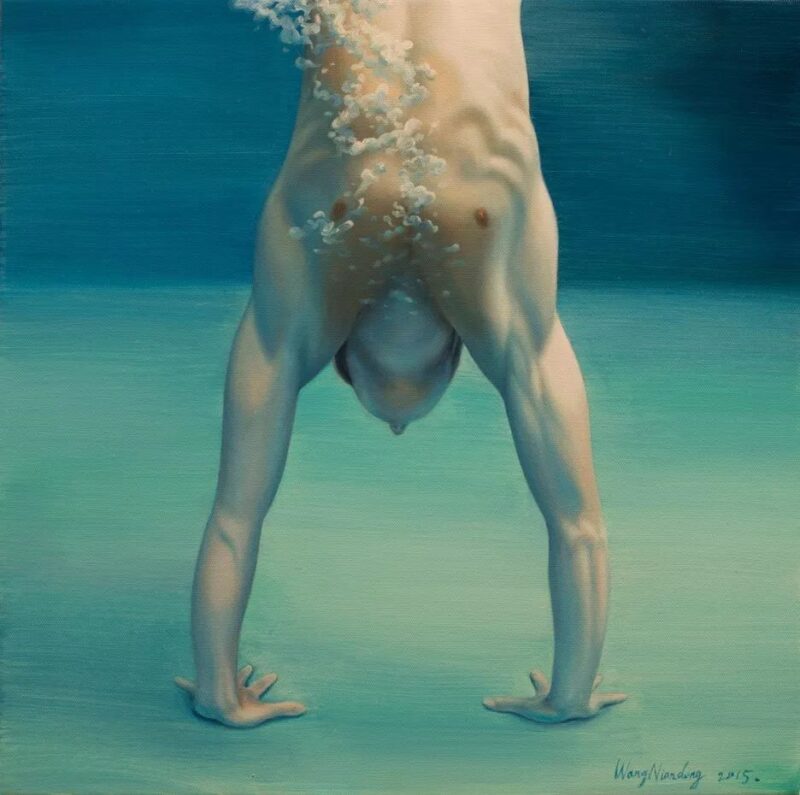
Wang Niandong ( 王念东 ) Painting @ TheGallerist.art
Wang Niandong
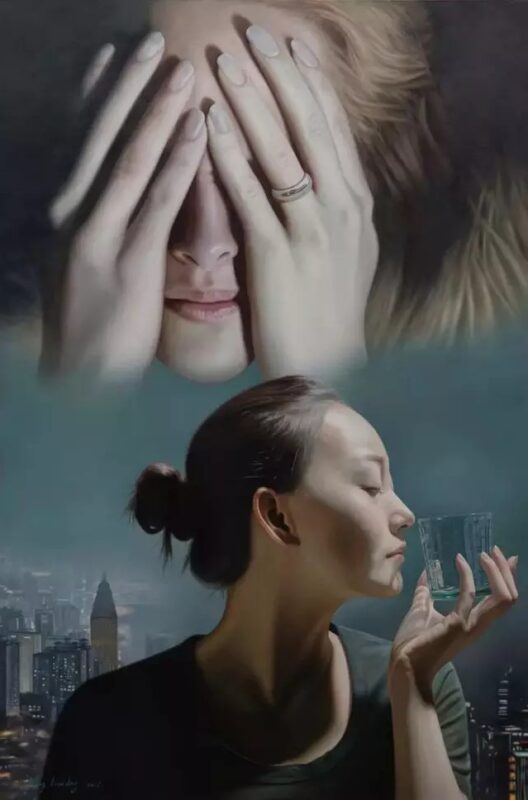
Wang Niandong ( 王念东 ) Painting @ TheGallerist.art
Wang Niandong
Wang Niandong ( 王念东 ) Artist @ TheGallerist.art
Wang Niandong
Wang Niandong ( 王念东 ) Painting @ TheGallerist.art
Wang Niandong
Wang Niandong ( 王念东 ) Painting @ TheGallerist.art
Wang Niandong
Wang Niandong ( 王念东 ) Painting @ TheGallerist.art
Wang Niandong
Wang Niandong ( 王念东 ) Painting @ TheGallerist.art
Wang Niandong
Wang Niandong ( 王念东 ) Artist @ TheGallerist.art
Wang Niandong
Wang Niandong ( 王念东 ) Painting @ TheGallerist.art
Wang Niandong
Wang Niandong ( 王念东 ) Painting @ TheGallerist.art
Wang Niandong
Wang Niandong ( 王念东 ) Painting @ TheGallerist.art
Wang Niandong
Wang Niandong ( 王念东 ) Painting @ TheGallerist.art
Wang Niandong
Wang Niandong ( 王念东 ) Painting @ TheGallerist.art
Wang Niandong
Wang Niandong ( 王念东 ) Painting @ TheGallerist.art
Wang Niandong
Wang Niandong ( 王念东 ) Painting @ TheGallerist.art
Wang Niandong
Wang Niandong ( 王念东 ) Painting @ TheGallerist.art
Wang Niandong
Wang Niandong ( 王念东 ) Painting @ TheGallerist.art
Wang Niandong
Wang Niandong ( 王念东 ) Painting @ TheGallerist.art
Wang Niandong
Wang Niandong ( 王念东 ) Painting @ TheGallerist.art
Wang Niandong
Wang Niandong ( 王念东 ) Painting @ TheGallerist.art
Wang Niandong
Wang Niandong ( 王念东 ) Painting @ TheGallerist.art
Wang Niandong
Wang Niandong ( 王念东 ) Painting @ TheGallerist.art
Wang Niandong
Wang Niandong ( 王念东 ) Painting @ TheGallerist.art
Wang Niandong
Wang Niandong ( 王念东 ) Artist @ TheGallerist.art
Wang Niandong
Wang Niandong ( 王念东 ) Painting @ TheGallerist.art
Wang Niandong
Wang Niandong ( 王念东 ) Painting @ TheGallerist.art
Wang Niandong
Wang Niandong ( 王念东 ) Painting @ TheGallerist.art
Wang Niandong
Wang Niandong ( 王念东 ) Painting @ TheGallerist.art
Wang Niandong
Wang Niandong ( 王念东 ) Artist @ TheGallerist.art
Wang Niandong
Wang Niandong ( 王念东 ) Painting @ TheGallerist.art
Wang Niandong
Wang Niandong ( 王念东 ) Painting @ TheGallerist.art
Wang Niandong
Wang Niandong ( 王念东 ) Painting @ TheGallerist.art
Wang Niandong
Wang Niandong ( 王念东 ) Painting @ TheGallerist.art
Wang Niandong
Wang Niandong ( 王念东 ) Painting @ TheGallerist.art
Wang Niandong
You might also like

